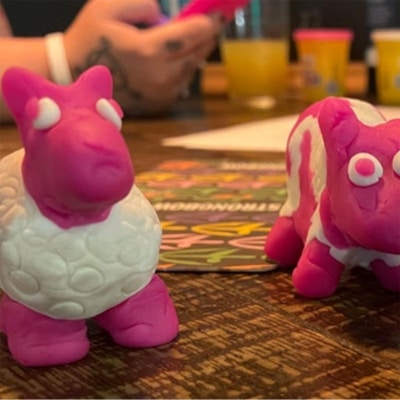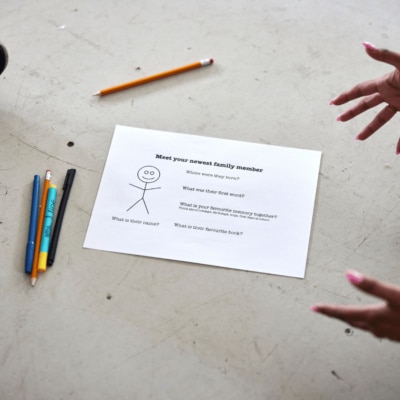Writing for adventures
Posted on June 19th, 2015
I know that these words are being read by you now. You are probably looking at a computer screen. It seems unlikely that you’ve gone to the effort of printing this out. If you’re thinking about it now, please don’t. Think of the trees. Perhaps this is being read to someone else: a lover maybe as they lie in your arms. I certainly hope this isn’t the case. Similarly, I doubt this is being read from a lectern to an assembled masses in any kind of secular or ecclesiastical context. I know you never know for sure but… let’s say for now that you’re on your own at a computer screen. I don’t know what else is in the room with you but I know you are looking at this text.
I can imagine you there now. Hello.
When you write for the stage, it’s a very different experience. Often you’re conjuring up characters, imagining the clothes they wear, the streets they walk through, the rooms of the houses they live in… Later on, you might have the experience of meeting the actors who will give those characters a physical form, to discuss with the designer how to represent their environment: an environment that had existed only in your mind until that point. By the time, a play travels from the fingers of the playwright, tap-tapping on her laptop just as I am doing now, to the eyes, ears and consciousness of the audience, it has been on a tremendous journey and by no means a direct one. Unless you’re Beckett, the image in your mind as a writer is probably not going to transposed directly onto the stage. The journey will be one of surprises: mostly welcome, one would hope, but some not.
Radio is writing for someone’s ears only and relinquishing all control over the visual. If you have to imagine what the visual element of the experience might be, it might be off-putting. Let’s be honest, people are very likely to be looking at their kettle waiting for it to boil while they listen to your carefully chosen words.
Then there’s the strange in-between world of writing for audio knowing where your listener is going to be. If that sounds convoluted, that’s because it’s still not something we have a developed vocabulary for. It would be wrong to call something like Coney’s Adventure 1 (which I co-wrote with Tassos Stevens) a sound-walk. That implies a linearity which it doesn’t have. There are connections though with something like Janet Cardiff’s The Missing Voice (Case Study B), which was originally created to start from the old Whitechapel Library in the late 1990s but is still available to download here. This is an experience for an individual though, whereas circumstance‘s Our Broken Voice or, more recently, A Hollow Body uses the bodies of other participants to create the images to accompany its cinematic soundtrack.
The “adventure” of Adventure 1 isn’t intended as a metaphor. That’s why the show is surrounded in mystery. It follows the Coney adage that the show begins when you first hear about it and ends when you stop talking about it. So really it’s already begun. The parts I wrote are really priming you for what’s ahead. You engage with them, mostly alone, and at your own pace. That pace can and will vary, of course, because we’re all different and this is reflected in how we play. Adventure 1 isn’t a “game” in the sense that there are winners and losers but it is very much a game-world in that it allows for different approaches. All four Bartle types are catered for: killers, achievers, socialisers and explorers (most people being some combination of these). While the design of the experience opens up space for all types, I probably write for explorers because I am more that way inclined and for a large part of Adventure 1, exploration is very much the order of things.
Though it is frequently non-linear, I knew more or less where the listener would be when listening to a particular piece of audio. In order to write it, I had to go to the place where the listener would be and imagine myself as them in that place weeks/months/years into the future. What’s permanent here? What’s fleeting? What’s recurring?
Like many magic tricks, it’s a manipulation of probability. You, the listener, have entered a contract which is in my favour. The house always wins. If I get something wrong, you’ll probably ignore it but, if I get it right, it will feel like the character I’m writing (if not myself the writer) is right there with you now. Or watching you through a nearby camera: the CCTV on the street there or the one on your laptop. Or both.
Maybe we are. Maybe we can see you right now. Sitting there, reading this.
Hello.
William Drew is a writer and game-designer as Venice As A Dolphin, and a maker representing Coney on Adventure 1 (and other adventures coming soon).
Back to all posts




